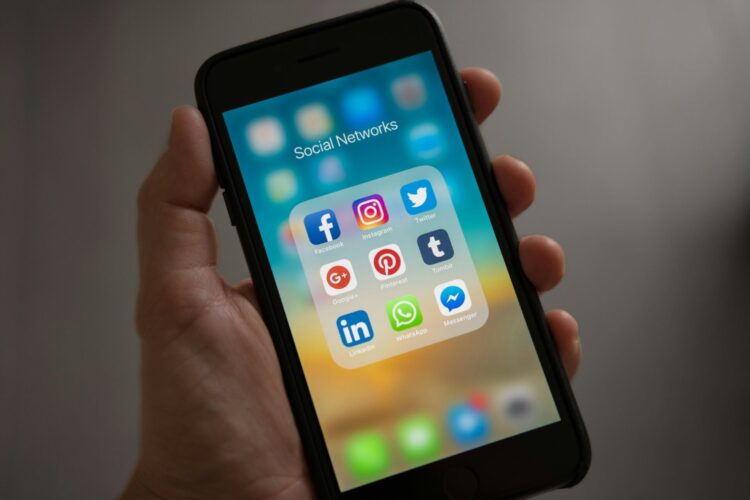Life during the most connected era in human history has many positives — faraway family members are just a FaceTime session away, and the answer to nearly any question that pops into your mind is at your fingertips.
But too much technology — whether it’s time spent on smartphones, social media, or in front of other digital screens — can have unintended consequences. That may signal the need for a digital detox.
“Excessive technology use can take away time from activities such as sleep, exercise, and socializing, which are all important for well-being,” says Carol Vidal, MD, PhD, MPH, an assistant professor of psychiatry and behavioral sciences at the Johns Hopkins University School of Medicine in Baltimore.
A research review noted that frequent technology use has been linked to heightened attention-deficit symptoms, impaired emotional and social intelligence, technology addiction, social isolation, impaired brain development, and disrupted sleep in some cases.


Technology is not inherently bad, says Madeleine George, PhD, a public health research analyst at RTI International, a nonprofit research institute, in Durham, North Carolina. “Technology and social media can have positive or negative effects, depending on what someone is doing online and who they are.”
Other research suggests, for example, that social media use can help you build and maintain connections when you’re more actively interacting with others, but tends to have the opposite effect when people use it more passively, such as when scrolling through an Instagram or Facebook feed without interacting with the content, according to research.
You’ll know you’re overdoing it and may need a digital detox if technology interferes with your work, relationships, mental and physical health, or finances, according to Brittany Becker, a licensed mental health counselor based in New York City and the director of the Dorm, a holistic treatment center for mental health.
Dr. Vidal agrees. “When something is consuming a lot of your thoughts and conditioning your behaviors, and when it is interfering with your life — like your job or schoolwork or your relationships — it may be time to consider cutting back on its use,” Vidal says.
Scaling back through a digital detox may have positive effects.
A study from 2021 found that students who completed a social media detox reported positive changes to their mood, sleep, and anxiety. And another study found that women who quit Instagram reported higher life satisfaction and more positive effects than women who continued using the social media app. (It should be noted that both studies were small, with 68 and 80 participants, respectively.)
7 Ways to Do a Digital Detox (Without Pulling the Plug Entirely)
References
Lawler, M. (2023, August 4). How to do a digital detox without unplugging completely. Everyday Health. Retrieved from https://www.everydayhealth.com/emotional-health/how-to-do-a-digital-detox-without-unplugging-completely/



